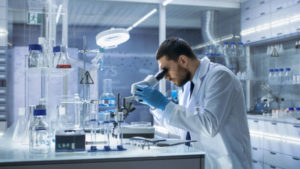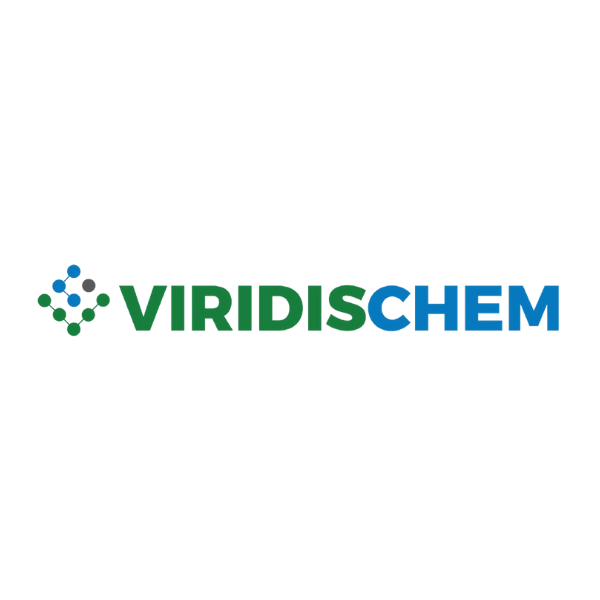
We talked with an experienced chemist who has worked as a synthetic medicinal chemist focusing on the drug discovery process. Here are some of the changes he’s seen and his message for peers. (For privacy’s sake, we are not printing his name.)
Q. You’re a chemist by training with a PhD in organic chemistry, and you have a proven track record of developing products. How did you become aware of green chemistry?
A. In my earlier career, until the late 2000s, like most working chemists, our emphasis was to synthesize the molecule using whatever reagents available, whatever way we can to make it, being mindful of safety.
We were not really aware of green chemistry, and we were not looking at the level of hazardous nature of the reagents and how they affect the environment during product development, as long as they are not present in the final product. At that time, the mindset for chemists was only to make molecules.
I had heard just a little about green chemistry. But then I heard a lecture in 2007 at the American Chemical Society by John Warner who is considered to be the father of green chemistry. That changed my whole career.
Q. What was your new point of view?
A. I came away from the lecture with two insights. We’re either chemists and our emphasis is just to make a molecule by any means. Or we make the right molecule the right way, and reduce and eliminate a lot of things to improve sustainability, in the product as well as in the process.
Dr. Warner talked about the toothpaste we use every day, soap, soda, the liner in a bottle cap with chemicals that, without our knowledge, we are ingesting. He then he went on to co-found the Warner Babcock Institute in Boston, Massachusetts.
Q. What are the perceptions today of green chemistry or, as some call it, sustainable chemistry among chemists in the field?
A. There are two very different perceptions. Non-chemists hear “green” and think in terms of organic food and not using pesticides and other chemicals. Practicing green chemistry is a very positive sign for most of the people I come across.
But longtime chemists are more skeptical. Colleagues who are designing molecules ask, is green chemistry practical? Is it viable? Is it feasible? Will it work on an industrial scale? Can you do it?
I think the perception will change for the better as they learn more. What I try to tell them is, if you think that you have to totally remap everything completely, then it will be difficult to comprehend. My opinion is not completely to go from A to B. What Warner Babcock Institute suggests is stepwise improvement. Stepwise means asking, can we reduce the use of toxic chemicals by 10% or 20%, wherever we can? Incremental changes still can make a big difference. So it’s a two-pronged approach.
In coming years, there will be more education awareness training for chemists of the new generations, and also government and business will try to come up with a plan for the long term.
Q. What else do you hear from experienced chemists who are skeptical of green chemistry?
A. Some chemists want to practice green chemistry but they’re skeptical as they work under demanding deadlines. For example, during product development at pharmaceutical companies scientists might feel they don’t have the freedom or the team is not aligned. They know that for a greener way to succeed the whole team or the company must adopt it.
Q. How do you define green chemistry?
A. In my view, green chemistry is essentially chemistry, making fine judgments of both how best I can still do I want to achieve, whether it’s making a molecule or making a product, but being aware of what I’m handling or what I’m using.
A baby step would be, can I at least change one part of the process to something greener with less waste? If chemists pay attention to the toxicity of chemicals while making every decision, they will naturally start selecting less toxic chemicals without spending extra efforts. Over the next few years, some reagents are also becoming greener, and chemists will have a bigger selection of chemicals to choose from.
Here’s an example: In chemistry labs if I use crystallization method for purification, I use maybe 100 ml of a dangerous dichloromethane solvent for the reaction. But if I do a column chromatography method, I will use five liters of dichloromethane. So there is a difference between these two approaches.
So, as a chemist, I will try to avoid using column chromatography, where I have to use tons of solvents.
Q. Some non-chemists are surprised that there’s no analytical body for Safety Data Sheets. Has the lack of availability of toxicity information stopped scientists from making the right decisions?
A. I think to certain extent, yes. Most chemists only go by the typical information from SDS. In Big Pharma, they want to do the right thing and may have more informaion. Startup companies have very a limited resources, and then their timelines are aggressive. Their main objective is time and delivery of the molecule.
Q. How big a knowledge gap is there about how to measure toxicity? Has it changed over the years?
A. Sometimes chemists might use their intuition and past training on whether a chemical is more toxic than the other. After almost 25 years of work as a chemist, I learned that we have so many ways to do better.
We as chemists need to be open to new knowledge available from various resources, such as computational predictive modeling studies, that can offer an insight about a chemical and reagents, and that will help us do a better job in the lab.
ViridisChem is a software company offering essential toxicity data and tools for companies to move towards sustainable product development.
We have the world’s most comprehensive toxicity database with over 90 million chemicals, and utilizing this data, our software tools provide toxicity analysis of chemicals, mixtures and formulations, and product development processes.
Demonstrations

Chemical Analyzer for Lab Safety

Chemical Analyzer for Process Development
